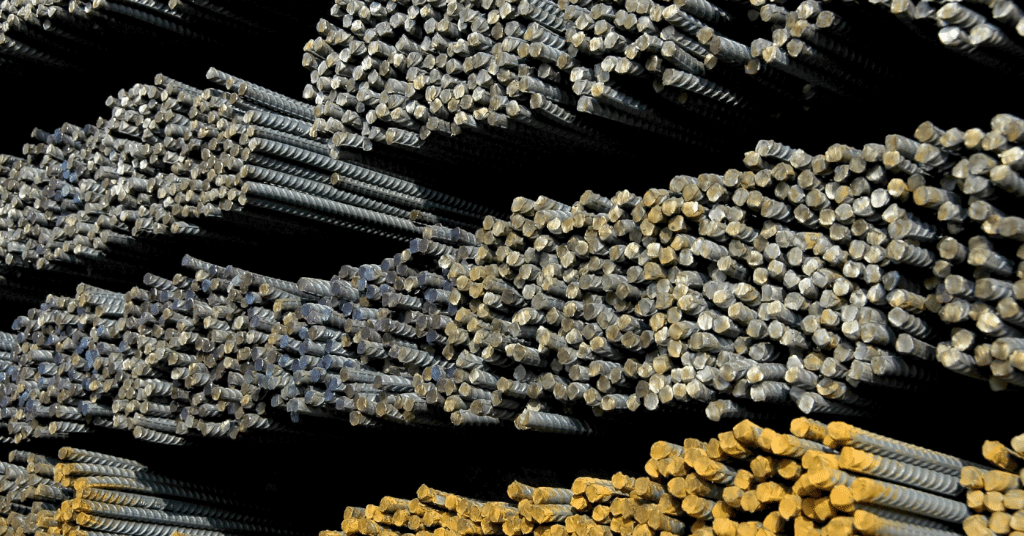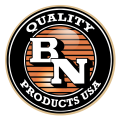
Rebar has long been used as a strengthening agent for concrete. It is made from a combination of different allows and grades of steel. The outside of each steel rod contains ridges. These ridges will enable the concrete to adhere to the rebar so that it doesn’t slide around inside the slab.
Below, we look at some properties that make rebar an excellent choice for reinforcing concrete structures.
1. Expansion
Once embedded in the concrete, rebar must have a thermal coefficient that is as closely identical to the concrete’s as possible. In other words, they must expand and contract at the same rate. Why? Because concrete has weak tensile strength. Thus, spalling may occur if there is tension between the rebar and the concrete due to differing expansion rates.
In addition to heat, chloride from salts and carbonation from atmospheric CO2 can get through the concrete layer and reach the rebar. When water and oxygen contact the rebar reinforcement, the steel begins to corrode or oxidize. Iron in the steel reacts with the water and is oxidized. Rust develops and causes the rebar to expand. Thus, the expansion has enough force to cause the concrete to crack during tension.
You must account for this expansion when implementing the rebar into the concrete. You may also want to use rebar that has protective features to reduce or eliminate rust and corrosion.
2. Rusting
If you notice rust on rebar, then do not be alarmed at first. A certain amount of rust is not only expected by acceptable. The real issue is whether the rust is causing a considerable amount of corrosion in the bar. If so, the rebar may not be usable.
According to the American Society for Testing Materials (ASTM) Section 7.4.2 of ACI 318-95 “Standard Specification for Deformed and Plain Bars for Concrete Reinforcement,” rebar reinforcement must be satisfactory and meet ASTM standards regardless of the rust on the outside of the bar. The rust level must also fall under ASTM specification requirements for brush testing.
If you notice rust on rebar, then conform to ASTM standards before you embed it in the concrete.
3. Grounding
Although rebar is made of metal, the actual electrical conductor in a foundation is the concrete. Therefore, the concrete must be grounded. The best way to ground the concrete is to use rebar. This is known as an “Ufer Ground.” The concept has been around since the 1940s and has been standardized by the National Electrical Code (NEC).
The most crucial element is that the rebar is in contact with the earth. Without direct contact with the earth, the rebar will not ground the foundation. Therefore, make sure you look at NEC and IEEE guidelines before you use the rebar to ground the concrete slab.
4. Low Magnetic Permeability
For concrete structures that require a low magnetic field, stainless steel rebar reduces magnetism, thus ensuring that machinery or processes within certain buildings will receive little to no disruption. It’s perfect for facilities such as:
- Hospitals
- Other medical facilities with MRI machines
- Toll booths with electronic pass detection
- Laboratories
- Chemical plants
Some forms of rebar create an internal magnetic field that makes it difficult to operate certain types of machinery or equipment. However, stainless steel does not create a magnetic field. Therefore, it does not harm or disrupt technology.
Purchase Your Rebar Tying Machine From BN Products
Regardless of what type of rebar tying machine you need, BN Products has the right model for you. We offer industry-leading, rebar tying machines such as the BNT-40X that can handle any work environment.
To find out more about our products, visit a BN Products distributor near you. You can also call us at 800-992-3833, or message us on our contact page.


